Oechsner Galerie, Nürnberg, Germany
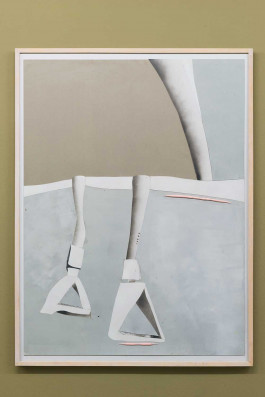
WeChat (Chinese for “small message”) was originally a Chinese chat service for smartphones, which has since expanded with many features. Users can not only engage in instant messaging but also send audio messages, make video calls, share photos, videos, and their location, order taxis, groceries, or food, pay restaurant or utility bills, purchase stickers, search for jobs or people nearby, book doctor appointments, apply for US visas, play games, and operate their own mobile stores.
The app has its own app store and a news feed called “Moments.” Almost no one in China uses cash anymore; instead, they utilize the mobile payment system “WeChat Pay.”
Since September 2017, the disclosure of almost all information to Chinese authorities has been part of WeChat’s official privacy policy. As WeChat is a comprehensive system, the government knows almost everything about its citizens: how they live, who they talk to, what they eat, what they buy, what they think…
The Chinese ID card will be linked to the WeChat account in the future. Starting in 2020, Chinese citizens are expected to be monitored entirely through WeChat, receiving so-called social credit points. All citizens begin with a good social credit score, and “bad” behavior, traffic violations, inappropriate images, or critical statements will result in point deductions. It is still under discussion whether a low score might lead to exclusion from social insurance or if children of parents with a low score will still be admitted to state schools. As a first step toward the Social Credit System, the use of VPNs (programs that help evade internet surveillance) was penalized with imprisonment in February 2018.
The artist has been involved in exchange projects and received scholarships for multiple visits to China, most recently from July to December 2017 at the Swatch Art Peace Hotel Residency in Shanghai.
In her specially developed installation for the Oechsner Gallery, Verena Issel creates a self-contained system where standalone images are interconnected through wall paintings, plastic pipes, and chat symbols. The extensive control imposed by the WeChat program is satirized through its seemingly friendly demeanor. The apparently naive access to and through the app is brought back into the tangible world by magnifying other systemic parts of the surveillance company. The “Tubes” depicted in the paintings are tubular handles taken from Shanghai’s subway (also known as “Tube” in English), pointing to the data network and simultaneously satirizing it.
As an artist whose interest lies in painting, Verena Issel explores the boundaries of two- and three-dimensional pictorial space through sculptural and installation approaches. She succeeds in eliminating or making invisible these interfaces.
☐ Annette Oechsner, exhibition text, 2018
INGREDIENTS:
- WeChat IIa
- WeChat IIb
- WeChat IIc
- WeChat IId
- Tell me, tell me – what will the future be like
- Artphone I
- Artphone II
- Artphone III
- Artphone IV
- Artphone V
- Tube I 7
- Tube II 2
- Tube III 8
- Tube IV
- Tube V
- Tube VI 2
- Tube VII
- Tube VIII
- Facebook II 6
- Untitled
- Untitled II
- Untitled III
- Untitled IV
- Spy tube
- Spy tube
- In the name of safety
- in the name of humanism
- In the name of tradition I
- In the name of tradition II
- Big Spy Tube
- Middle Spy Tube
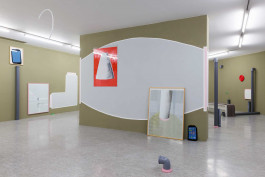
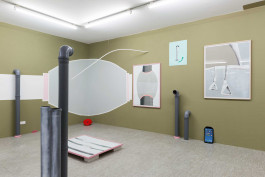
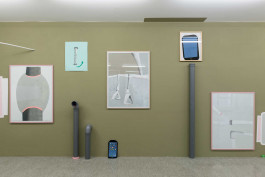

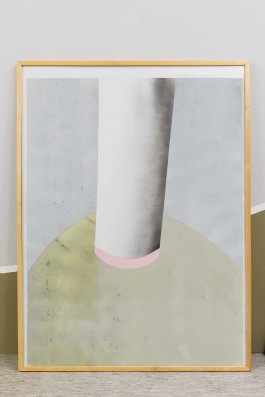
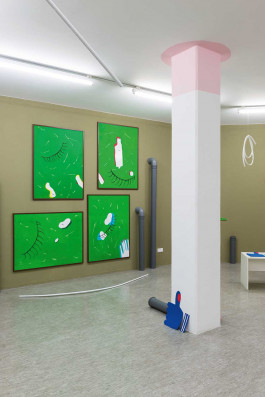
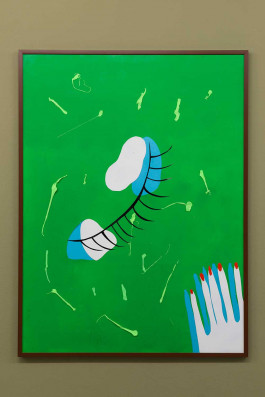
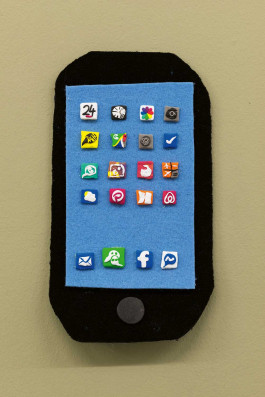
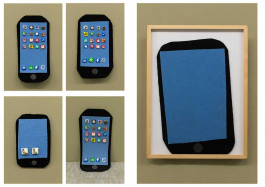
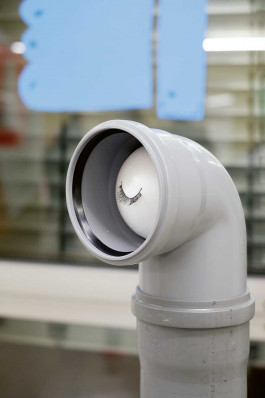
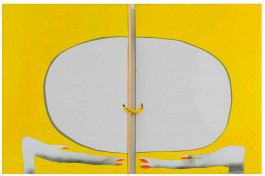
WeChat
2018, various materials and works of art, dimensions variable,
Installation view Oechsner Galerie, Nuremberg
Photo: Annette Kradisch
WeChat
2018, various materials and works of art, dimensions variable,
Installation view Oechsner Galerie, Nuremberg
Photo: Annette Kradisch
WeChat
2018, various materials and works of art, dimensions variable,
Installation view Oechsner Galerie, Nuremberg
Photo: Annette Kradisch
Tube I
2017, Linoprint ink on cardboard and paper, 119 × 89 cm
Photo: Annette Kradisch
Tube III
2017, Linoprint ink on cardboard and paper, 119 × 89 cm
Photo: Annette Kradisch
WeChat
2018, various materials and works of art, dimensions variable
(works on the wall) WeChat II
2017, group of four works, lino printing ink and silicone polystyrene on cardboard and paper,
each 119 × 89 cm, Installation view Oechsner Galerie, Nuremberg
Photo: Annette Kradisch
WeChat II (one of four)
2017, group of four works, lino printing ink and silicone polystyrene on cardboard and paper,
each 119 × 89 cm, Installation view Oechsner Galerie, Nuremberg
Photo: Annette Kradisch
Artphone
2018, felt, silicone polysterene, 39 × 32 cm
Photo: Annette Kradisch
Artphones
each: 2018, felt, silicone polysterene, 39 × 32 cm
Photo: Annette Kradisch
WeChat (detail)
2018,
Installation view Oechsner Galerie, Nuremberg
Photo: Annette Kradisch
Tell me, tell me – what will the future be like
2017, printing ink, silk polyester cardboard and paper, 2-part installation,
each 119 × 89 cm
Photo: Annette Kradisch